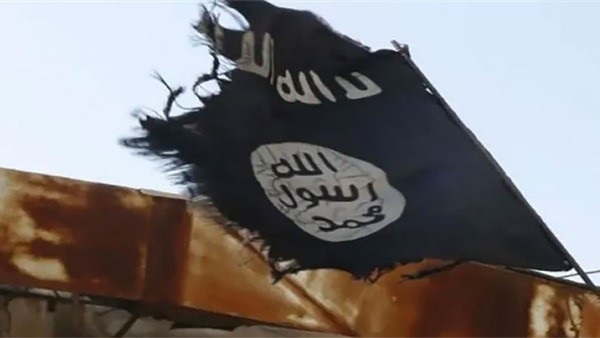Significance of the recent change of ISIS leaders

ISIS has recently been changing its leaders after the United
States decided to follow the strategy of targeting the leaders of the first
ranks of terrorist organizations, especially ISIS, whether through physical
liquidation or arrest and detention, within the framework of what is known as the
“beheading strategy”.
The assassinations of ISIS leaders, starting with Abu Bakr
Al-Baghdadi, followed by Abu Ibrahim al-Qurashi, and leading to the
announcement of the killing of Abu al-Hassan al-Qurashi, as well as the
assassination of Maher al-Agal, who was known as the governor of the Levant, in
an American air strike in July 2022, in addition to the announcement last June
of the arrest of the governor of Raqqa, Hani al-Kurdi, the announcement on
October 7, 2022, of the arrest of the deputy governor of the Levant, Abu Hashim
al-Umawi, and finally the killing of the leader of the organization, Abu
al-Hussein al-Husseini, in May 2023. Abu Hafs al-Hashimi al-Qurashi was
appointed as al-Husseini's successor more than two months after his death via an
audio clip released by the organization’s Al-Furqan Foundation, in which a new
media spokesman for the organization named Abu Hudhaifa Al-Ansari spoke about
the success of this strategy in catching the leaders of the first ranks in the
organization.
Questions
The recent ISIS release raised many questions, given that it
was delayed by about 65 days and confirmed that the selection of the alleged
caliph took place as soon as the ISIS Shura Council learned of the news of the
killing of the previous caliph. This is possible for several reasons, including
that ISIS chose the new leader and did not announce the choice, although this
contradicts the approach of the organization, which criticized al-Qaeda for not
acknowledging the killing of Ayman al-Zawahiri and appointing a successor to
him, or that the organization’s Shura Council had been in discussions for a
long time to choose its new leader due to the narrowness of its leadership base
after the killing of most of its historical leaders.
Disruption of communication between the leaders of ISIS
and its bases
Also, the existence of a condition that the leader of ISIS
be an Iraqi Qurashi makes it difficult to choose, so it is possible that the
Shura Council did not know the news until recently, which indicates a breakdown
in communication between the leaders of the organization and its bases, or
rather between the legislative leaders of the organization and its field and
media leaders, due to the security restrictions on the members of the
organization. This is what the spokesman alluded to in the audio clip, as he
said that the meeting was held despite the security restrictions.
It is also noticeable that the media spokesperson has
changed, as the Al-Furqan Foundation stated that the new clip was from the
official spokesperson, Abu Hudhaifa al-Ansari, who in turn mentioned in the
clip that Hayat Tahrir al-Sham (HTS) captured the former media spokesman, Abu
Omar al-Muhajir.
The clip showed the weakness of the new spokesman's style
compared to the style of his predecessors, including Abu Omar, Abul Hassan al-Muhajir
and Abu Muhammad Al-Adnani, who made influential speeches about lone wolves.
The spokesman also announced in the clip that the killing of Abu al-Hussein al-Husseini
came in a fight with members of HTS and not in a Turkish operation as stated in
the Turkish media, stressing that HTS killed the ISIS leader and captured the
media spokesman.
Organizational confusion
The previous data confirms that ISIS is going through a new
phase of organizational confusion, in addition to a phase of exhaustion at the
human level, which is the strongest since the establishment of the organization
in 2014, due to the increasing rates of targeting its leaders. This reflects
the state of crisis that the organization is experiencing and deepens the
existing leadership crisis. The greatest evidence of this is his use of cadres
who are not qualified or able to control the situation within the terrorist
organization, although it is still able to launch attacks in the countries
where it deploys its elements, especially by using the lone wolf tactic.





